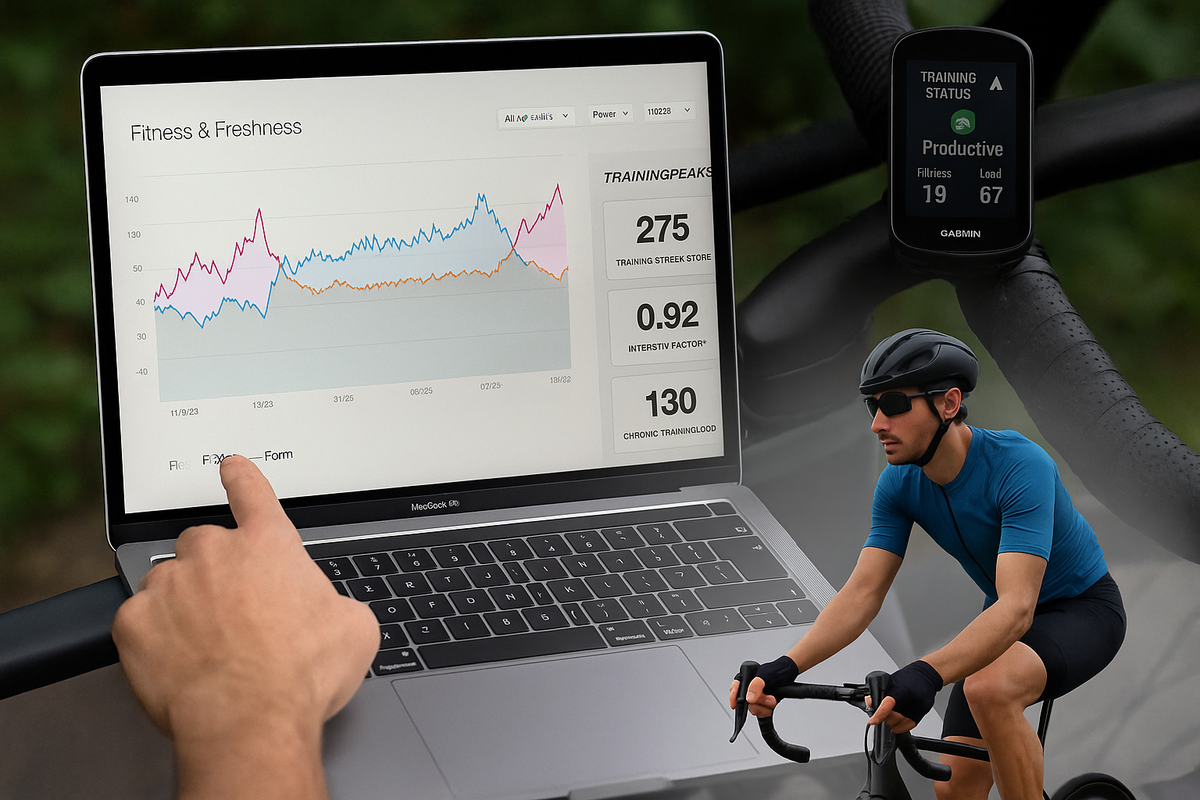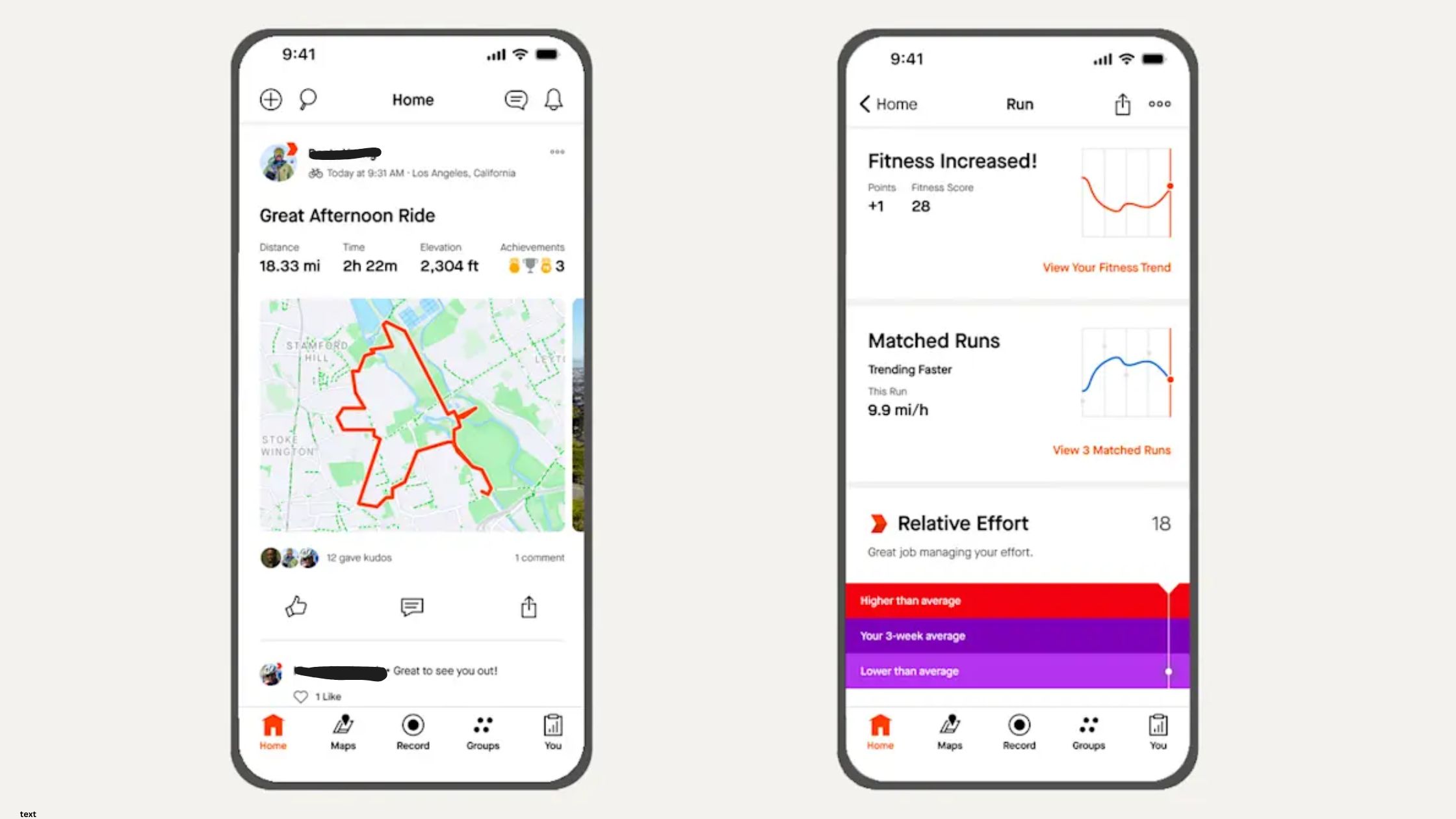Maximising Your Cycling Performance: A Guide to Interpreting Training Peaks and Strava Data

Newsletter (#124)
In today's fast-paced cycling world, understanding your training data is crucial for enhancing your performance and ensuring effective progression toward your goals. This guide focuses on interpreting Training Peaks and Strava data, providing valuable insights into managing your exercise load and optimising your fitness journey.
Why Your Data Matters
Your training data offers a wealth of information that, when understood and utilized correctly, can lead to smarter training, not just harder training. The key is to know what metrics to focus on and how they relate to your personal physiology. Factors such as age, weight, recovery period, training history, and diet all significantly influence your performance. Understanding these nuances helps tailor your training plan to meet your specific needs.
Key Metrics on Training Peaks

Training Stress Score (TSS):
This score measures the intensity of your workout. A high TSS score indicates a demanding session that may require more recovery time, while a lower score suggests you might be ready for more activity sooner.
Intensity Factor (IF):
IF measures how intense a workout is relative to your functional threshold power (FTP). It helps you understand training zones and adjust your efforts accordingly. Hard workouts generally surpass an IF of 0.95, whereas endurance rides might hover around 0.7 to 0.8.
Chronic Training Load (CTL):
Reflects your training intensity over time, helping you track long-term progress. Increasing CTL responsibly indicates positive adaptation, but a sudden spike can lead to fatigue.
Understanding Strava Metrics

Strava complements your data analysis by focusing on segments and weekly totals, alongside relative effort assessments. It's crucial to ensure that your power numbers and heart rate data are consistent across all platforms, including Strava, Training Peaks, and any others you use. This alignment provides a clearer picture of your effort and progression.
Practical Application: Balancing Work and Recovery

A classic mistake in endurance sports is pushing your limits without sufficient recovery, leading to burnout. Proper load management means progressively increasing your workload while prioritizing rest. For example, if preparing for a cycling holiday or competition, gradually increase your training load to peak just before the event, ensuring you're well-rested and fresh for peak performance.
Utilising Tools for Enhanced Training
Both Training Peaks and Strava offer valuable tools for monitoring progress and setting training goals. However, the real benefit comes from using the data to inform smart decisions rather than getting bogged down by numbers. Strive for a balance between intensity and recovery, ensuring that each session has a clear purpose aligned with your overall goals.
Conclusion
Harnessing the full power of your training metrics can transform your cycling journey, leading to enhanced performance and a more enjoyable riding experience. Prioritise understanding your body's response to exercise, tailor your training plan to fit your unique needs, and always be mindful of your recovery. With the right approach and tools, you can make significant strides in your cycling capabilities.
Want the full breakdown? Join the Cycle Lean Discord group and catch the full masterclass on Training Peaks and Strava—exclusive to the community!
Whenever you're ready, here are the ways I can help you:
- The Cycle Lean Blueprint: This comprehensive, all-in-one product is everything you need to shed kgs and ride faster.
- The Cycle Lean Collective: Get ready to transform your fitness journey with our new and improved monthly membership program.
- Personalised One-on-One Coaching: Get the results you are aiming for with our one-to-one service. Explore our tailored coaching options designed to help you reach your goals fast.